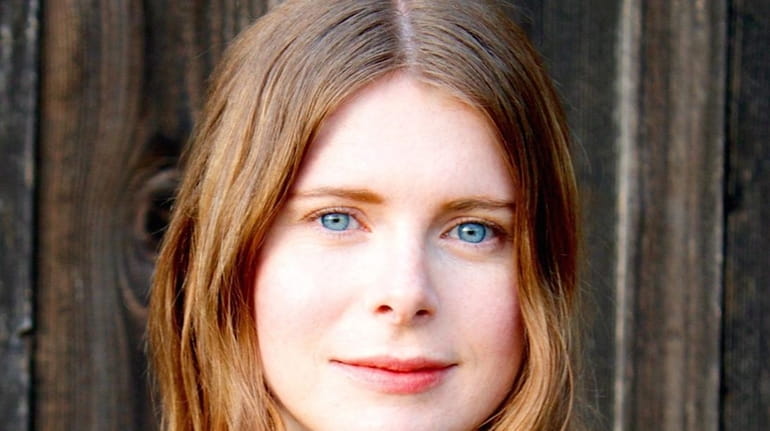‘The Girls’: Emma Cline’s stunning novel reimagines Manson family murders

Emma Cline, author of "The Girls." Credit: Megan Cline
THE GIRLS, by Emma Cline. Random House, 355 pp., $27.
I missed a meeting at work recently because I was so lost in Emma Cline’s novel, “The Girls,” that I didn’t even look at the clock until it was an hour past time to leave. At that point, I figured I might as well give in and spend the day finishing it — then lay awake, turning its final images over in my mind.
Consider yourself warned.
We meet Evie Boyd in middle age, staying in a beach house she has borrowed from an old boyfriend. When some young visitors barge in unexpectedly one night, it triggers haunting memories of another break-in years ago, a murder. “They herd everyone into the living room. The moment the frightened people understand the sweet dailiness of their lives — the swallow of morning orange juice, the tilting curve taken on a bicycle — is already gone. Their faces change like a shutter opening; the unlocking behind the eyes.”
Evie is recalling the summer of 1969, when she was 14 years old and out of boredom and parental inattention, fell in with a group of people very much like the Manson family. The girl crush she developed on one of the young women in the group, 19-year-old Suzanne Parker, led her to climb into their black school bus and ride out to the ranch, where a group of drugged-up, malnourished young people live under the sway of a charismatic, sexually predatory weirdo named Russell. Like Manson, Russell believes he is on the verge of getting a record deal, and this will eventually lead to a senseless massacre.
Evie is less mesmerized by Russell than she is by Suzanne, but this once-removed fascination works just as effectively to lure her into the prevailing depravity. Though we know all along where this plot is headed — to that mansion, with those knives, and those innocent people — what we don’t know is the role that Evie played. We’re told she was not mentioned in most of the books about the case and that she escaped imprisonment. But the complete revelation of what happened in those final hours is withheld until the end of the book, and with it come serious questions about the nature of evil: How good are bad people, how bad are good people, and how much difference is there, really, between the two?
Every page of this book offers small pleasures of language — Chinese ribs with a “glandular sheen,” the “rotted pucker” of sherry, both served at a party where Evie’s mother “hovered nervously around the buffet: she’d put out chopsticks, but no one was using them, and I could tell this disappointed her.” That watchful, judgmental eye is unmistakably an adolescent girl’s, a perspective Cline renders perfectly.
Cline is also skillful at maintaining suspense, as with this ominous passage: “There are those survivors of disasters whose accounts never begin with the tornado warning or the captain announcing engine failure, but always much earlier in the timeline: an insistence that they noticed a strange quality to the sunlight that morning or excessive static in their sheets. . . . Did I miss some sign?”
If these were its only virtues, “The Girls” would be a good book. But it is more than that. By using fiction to explore the moral issues raised by a confounding historical event, it takes a shot at greatness. The publisher who paid $2 million for it in a three-book deal apparently thought so. How exciting it will be to watch the career of this 27-year-old author unfold.
